When zucchini are happy, they’re really happy.
So much so that you might find yourself begging the neighbors to take a few of those green nutritional powerhouses off your hands. But when disease or pests strike, it can be a disaster.
Chemicals can help, but who wants to use them when you can use natural methods like companion planting, also known as intercropping?

We link to vendors to help you find relevant products. If you buy from one of our links, we may earn a commission.
There are a lot of misconceptions out there about companion planting.
Some people want to believe that the practice can be used to solve any problem, while others think it’s a worthless gardening myth.
Fortunately for us, scientists have been busy testing the practice to figure out what works and what doesn’t.
We’ll discuss their findings and how you can put companion planting to work in your garden.
Here are the plants that work wonders that we’ll be going over:
9 Top Companion Plants for Zucchini
Part of the key to companion planting is knowing how to use the plants. Some need to be closely planted, others can be a bit further apart. And some need to be planted as living mulch.
If you need a refresher on how to grow zucchini, check out our guide.
Let’s discuss the top companions to grow with your zukes:
1. Blue Hubbard Squash
Sometimes, in order to protect your most important plants, you have to use others as a sacrifice.
While zucchini is one of the favorites of squash bugs (Anasa tristis), these pests also adore ‘Blue Hubbard’ squash.
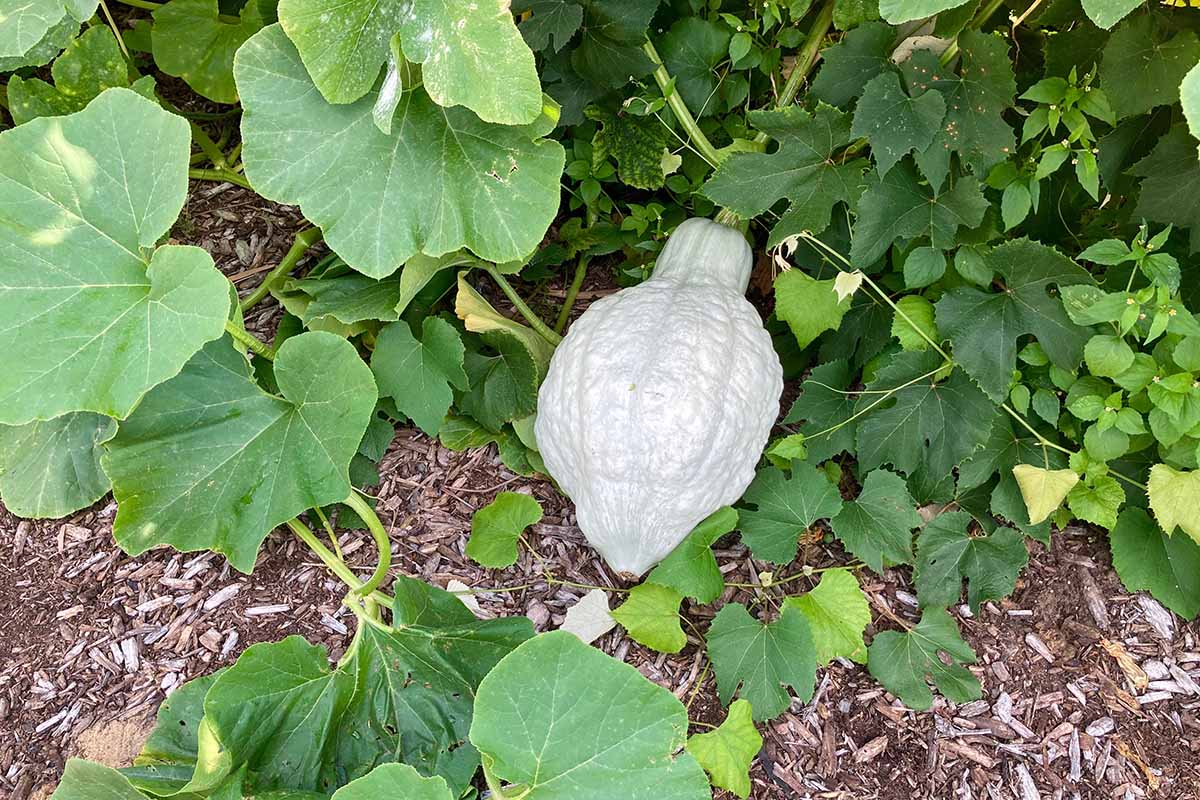
The same goes for squash vine borers (Melittia cucurbitae), and spotted (Diabrotica undecimpunctata) and striped cucumber beetles (Acalymma vittatum).
All of these insects will choose ‘Blue Hubbard’ over pretty much anything else.
If you really want to ensure that your zukes thrive without becoming an all-you-can-eat-buffet for these bugs, plant some ‘Blue Hubbard’ squash nearby.
This is a practice known as trap cropping and it’s highly effective.
Even better, go out and hand-pick the inevitable bugs as they tuck into the meal you’ve provided.
You can also regularly spray your ‘Blue Hubbard’ plants with an insecticide containing pyrethrins. Just make sure your ‘Blue Hubbard’ is within 10 feet or so of your zucchini crop.
To bring home an eighth of an ounce of seeds, head to High Mowing Organic Seeds.
Learn more about how to grow winter squash in our guide.
2. Marigolds
Marigolds (Tagetes spp.) kick butt as a companion plant. They effectively repel whiteflies and root-knot nematodes, and they attract slugs and snails away from more valuable crops.
They also draw aphids away from squash crops.
Plus, they’re extremely prolific and colorful. We have a guide that explains how to best use marigolds in the garden as a companion plant if you’re looking for all the details about this cheerful flower.
Plant them within a few feet of your zukes.
Happy Days Mixed is a vibrant, varied mixture of red, orange, and yellow two-inch blossoms. You can snag seeds at Burpee in packs of 150.
You can find more information about growing marigolds in our guide.
3. Marjoram
To know marjoram (Origanum majorana) is to love her, and sadly, not enough people know her.
If you haven’t tried growing marjoram before, and you want your zucchini to grow well, it’s time you gave it a try.
Besides the fact that the herb tastes fantastic chopped on baked zucchini, marjoram repels whiteflies, so you get two benefits for the price of one.
Be sure the marjoram is within a few feet of your squash.
Marjoram is a handy herb to have around the garden, so purchase packages of 2,000 seeds or live plants in three-inch pots at Burpee.
Learn more about growing marjoram in our guide.
4. Nasturtiums
Nasturtiums (Tropaeolum spp.) are a triple threat: they taste delicious and add color to culinary adventures, they self-seed reliably so they return year after year, and they attract aphids and flea beetles away from your zucchini.
Don’t panic that these pests will destroy your beloved nasturtiums, though. These colorful beauties are tough.
Plant them within a few feet of your squash. The beautiful flowers are just a giant bonus.
‘Salmon Baby,’ for instance, has elegant pink and salmon flowers and you can bring home a packet, ounce, quarter-pound, or pound of seeds from Eden Brothers.
You can find more information about growing nasturtiums here.
5. Okra
Okra (Abelmoschus esculentus) isn’t everyone’s cup of tea, but it repels silverleaf whiteflies (Bemisia argentifolli) and may help increase yields in your zukes, so keep it around even if you don’t have plans to eat it.
‘Red Burgundy’ is a lovely ornamental variety with attractive flowers and red pods.
Want some? Packets of seeds are available at High Mowing Seeds.
Silverleaf whiteflies are worth avoiding because they spread diseases and viruses, and they can cause silverleaf disorder, which makes zucchini leaves turn yellow.
If they’re grown within a few feet of your summer squash, they can help drive this annoying pest away.
Learn more about growing okra here.
6. Radishes
Radishes (Raphanus raphanistrum subsp. sativus) are useful for controlling squash bugs (Anasa tristis), and we all know these bugs love zucchini.
Pick your favorite variety so you can eat the radishes, and plan to plant two rounds in succession within a few feet of your squash.
‘French Breakfast’ is a classic option that’s reliable and delicious, and it’s available at Eden Brothers in small packets and in bulk.
Find cultivation tips in our guide to growing radishes.
7. Sunn Hemp
Sunn hemp (Crotalaria juncea) isn’t common in many gardens, but those who can grow this plant should consider it. It repels silverleaf whiteflies, and it can help increase yields.

Sunn hemp hails from tropical regions and suppresses nematodes. It also fixes nitrogen in the soil, acting like a natural fertilizer.
The trick is to grow it as a living mulch, but cut it down to below seven inches tall and keep it below that height. If it grows taller, you actually run the risk of reducing yields.
For 10 pounds of seed to add to your garden – and maybe share with friends – visit Walmart.
8. Sweet Alyssum
Sweet alyssum (Lobularia maritima) shows all kinds of promise as an effective cover crop.
It has been the subject of numerous studies and these have shown that sweet alyssum attracts beneficial predators like parasitic and predatory wasps, and flies that help control whiteflies, leaf miners, thrips, mites, and aphids.
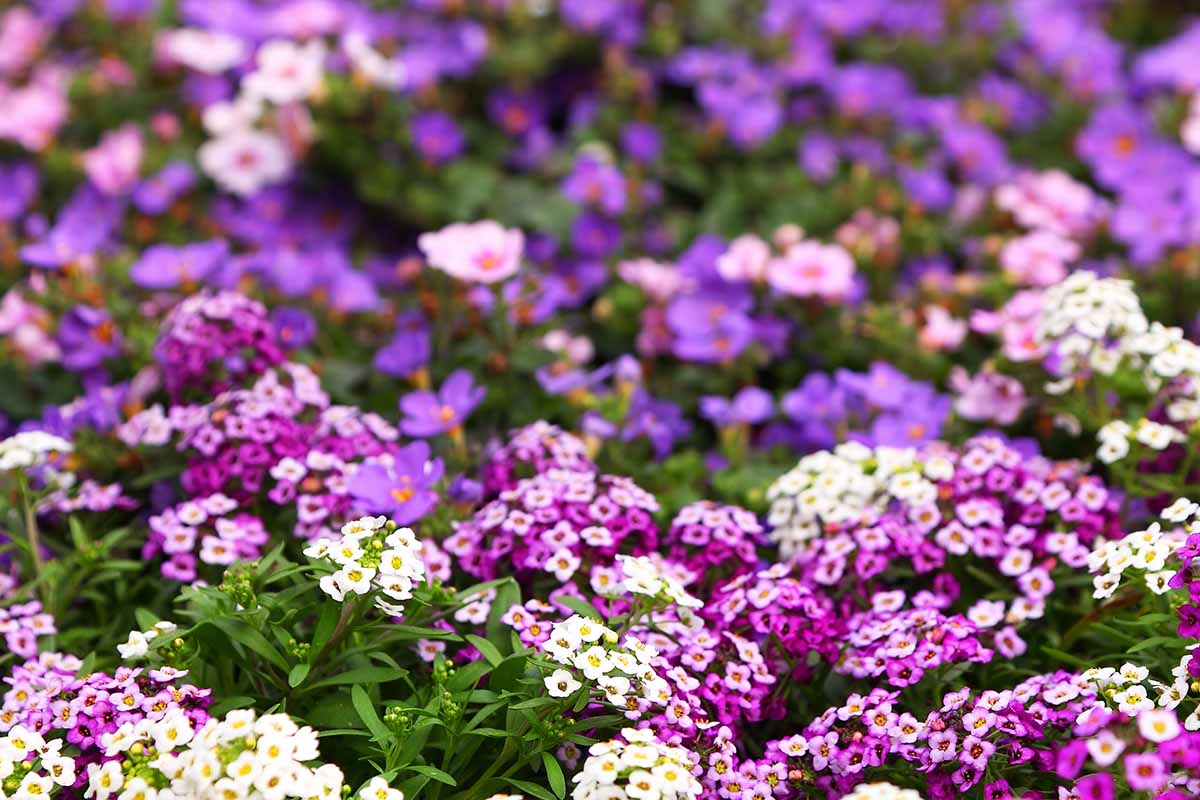
Plant this pretty ground cover near your zukes to attract the good bugs that will help you eliminate the bad.
Beyond their ability to bring in the good stuff, sweet alyssum plants make a dense, colorful ground cover for shady areas. That means you can plant them under your zukes, and they’ll be fine.
Or, plant them around your zucchini instead. Sweet alyssum can tolerate sun, so these flowers can adapt to all kinds of spaces.
‘Carpet of Snow,’ with its thick growth habit and abundant white flowers, gives the impression of a beautiful blanket of snow covering your garden without the cold temperatures.
‘Carpet of Snow’ Sweet Alyssum
Bring home some seed for planting from Eden Brothers in small packets, one-ounce, and quarter-, one-, or five-pound containers.
Learn more about growing sweet alyssum in our guide.
9. White Clover
Along with okra, white clover (Trifolium repens) keeps silverleaf whiteflies away.
It also fixes nitrogen in the soil and loosens it up, too. Grow some between your plants to work as a green walkway.
Bulk packages of one, five, 20, or 40 pounds of seed are available at High Mowing Organic Seeds so you can spread the clover love far and wide.
What to Avoid
Black-eyed peas (Vigna unguicalata) are an important crop in many parts of the world and this species has been the subject of numerous studies to see if they can provide any value as a companion crop.
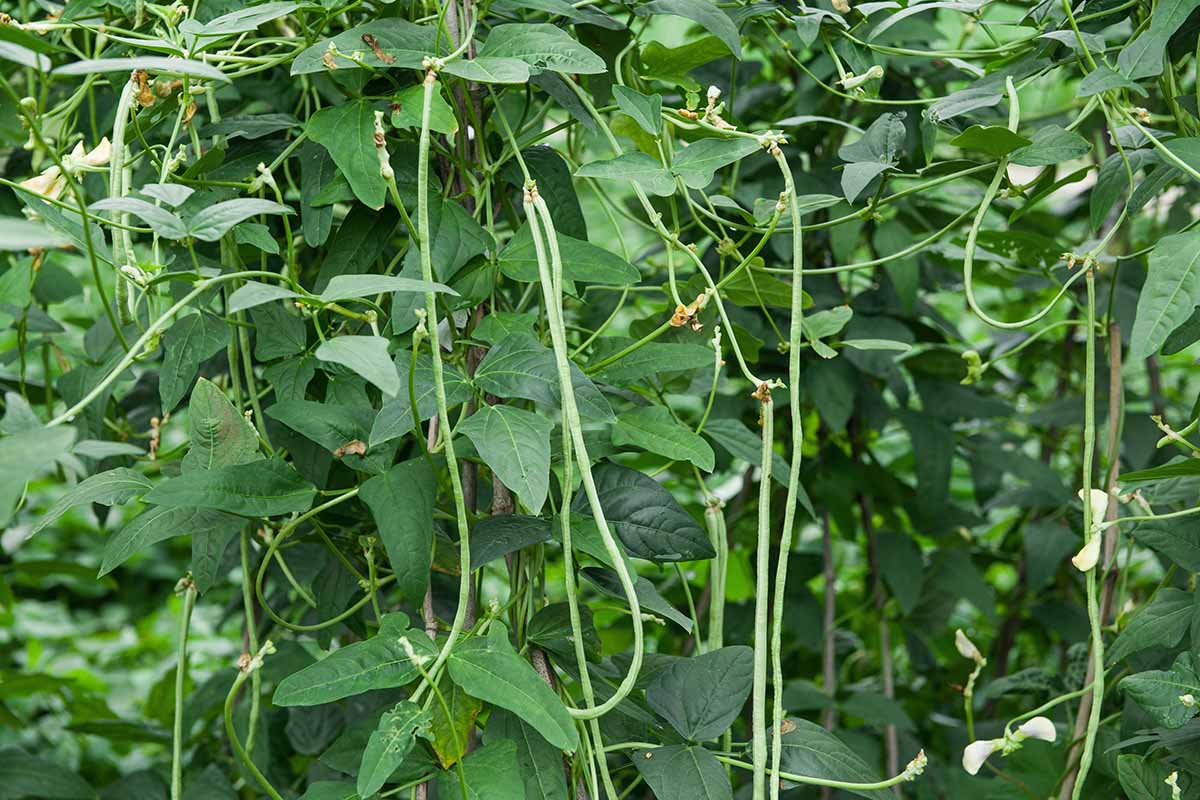
Turns out, they can. Just not with zucchini.
Cowpeas attract beneficial hoverflies, ladybugs, minute pirate bugs, and parasitoid wasps.
One study by entomologists Lorena Lopez and Oscar E. Liburd published in the journal Entomologia Experimentalis et Applicata found that more beneficial insects hung out around squash plants, including zucchini, in greater numbers than when planted alone.
Sounds promising, right? Unfortunately, cowpeas also attracted lots (and lots) of aphids.
In the study, the aphids secreted honeydew which attracted mold, and the squash plants ended up suffering from aphid infestations and fungal issues.
“Despite the important role that cowpeas played as refugia for beneficial arthropods in our study, it also became a reservoir of aphids that were dispersing towards the neighboring squash and put the crop at risk. Therefore, cowpea is not recommended as a companion plant or trap crop within squash cropping systems,” the study concluded.
“You’re My Best Friend”
Plants can be best friends or the worst enemies, and knowing which ones work together and which don’t will make all the difference in the health of your plants and your yields.
Try experimenting with one or two of the plants described above and see what they can do for your garden.
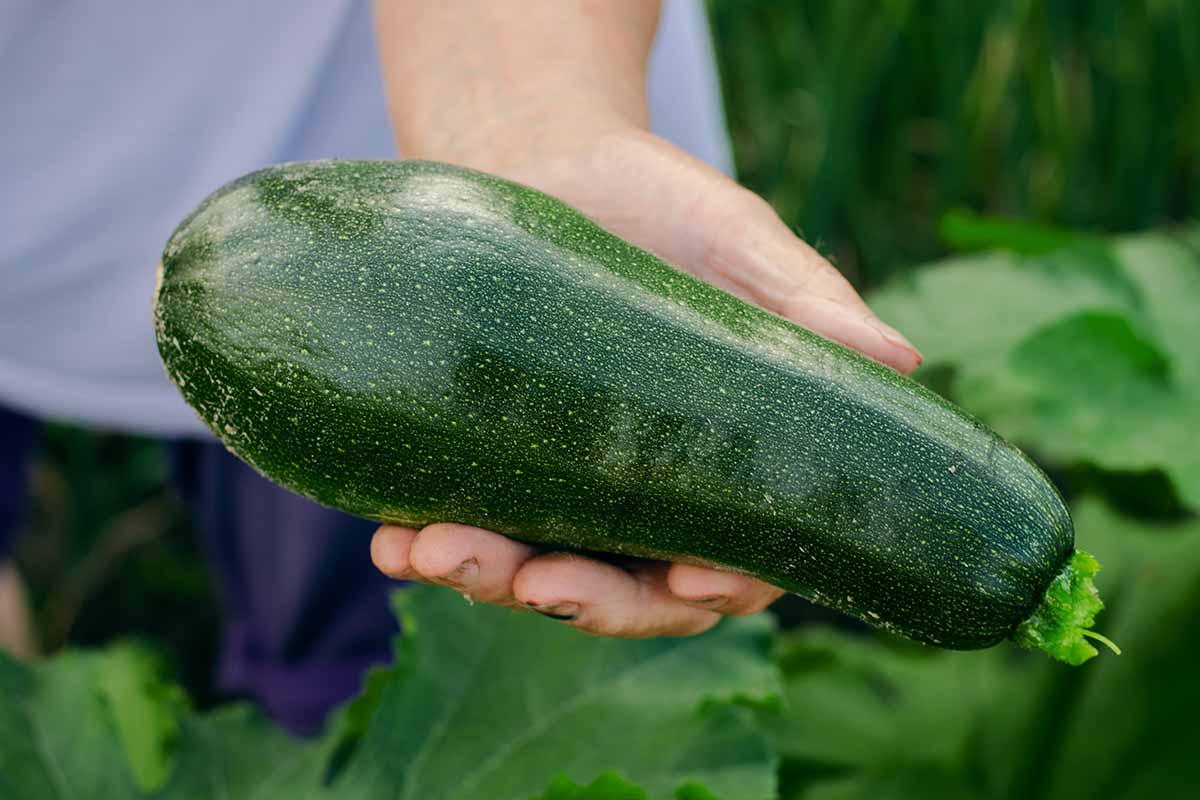
What kind of zukes are you growing this year? Will you be trying one of these companions? What are you trying to attract or avoid? Share with us in the comments.
If you’re looking for some other tips to help your zucchini thrive and you found this guide useful, we have a few others that you might consider checking out:
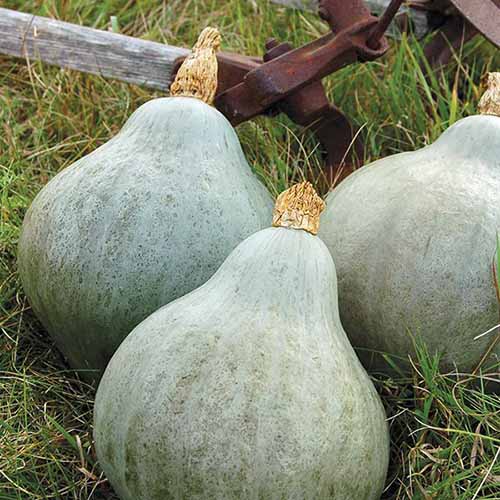
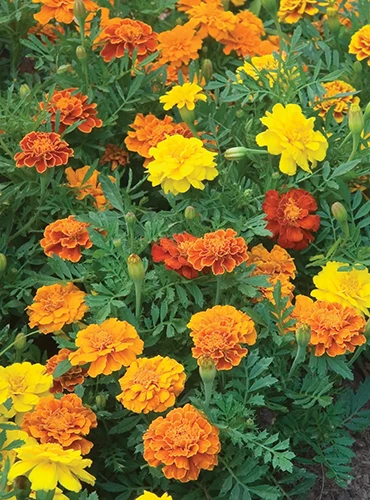
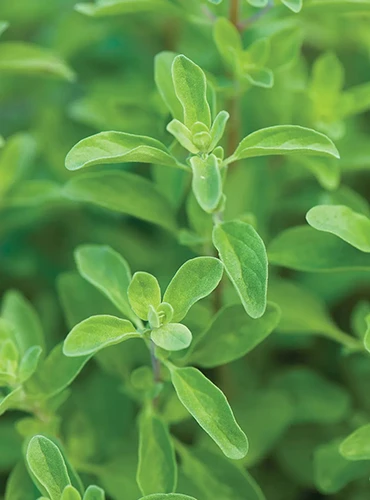
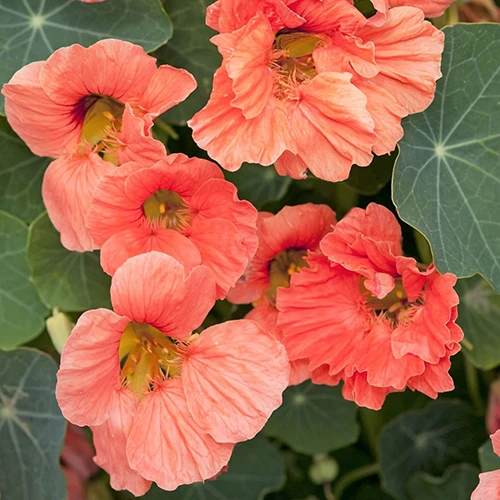
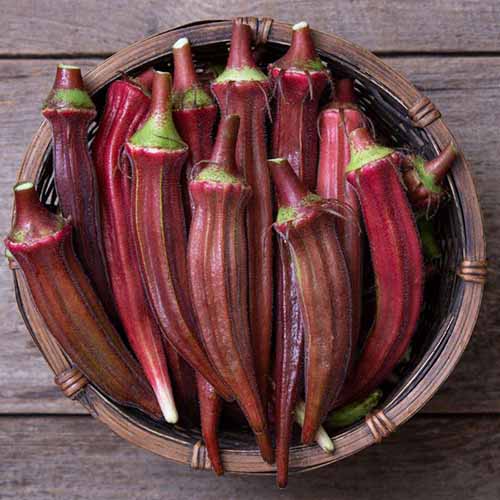
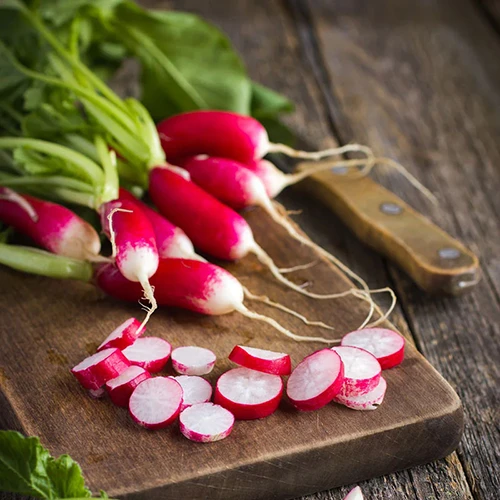

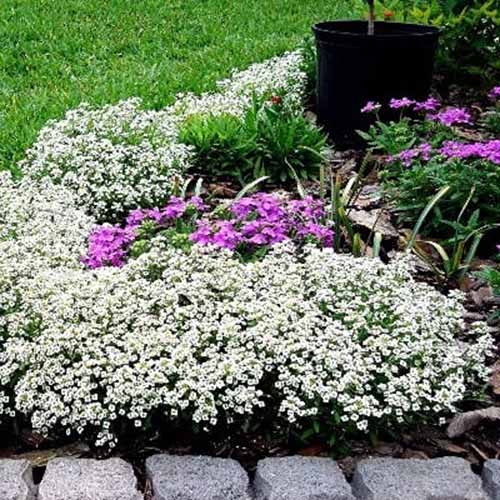
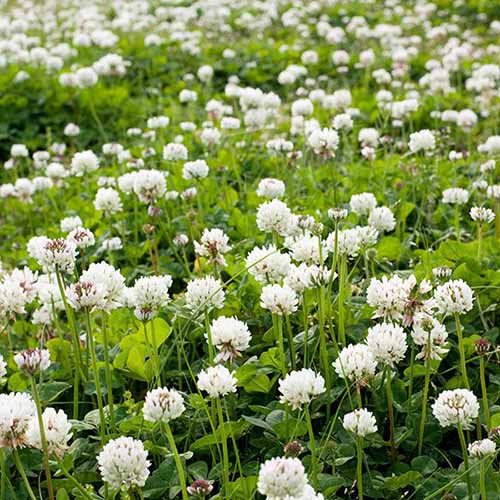
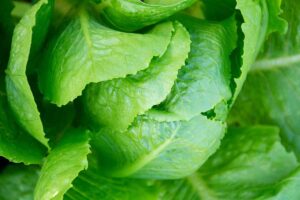
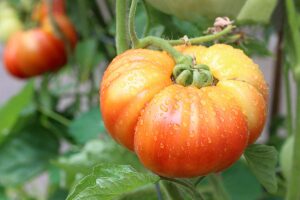
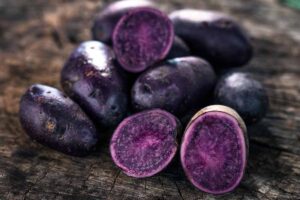
Wonderful article. Definitely going to try.
Some “scientific” studies are so laughable that is embarrassing.
If you have aphids on your crops is not because cowpeas but because you have unhealthy soil and plants this a basic knowledge to have how is possible that “scientist” test don’t take in account this information. Really embarrassing.
Did you read the original text of this study, following the link in our article? I think you may have misunderstood the intended meaning here. Various types of aphids are common pests of squash plants, both in home garden settings and in commercial agriculture, and treatment options are limited for organic farmers. It’s actually healthy plants that these pest insects – as well as beneficial predators – are lured to, though weak and unhealthy crops are more likely to succumb to infestation. Higher numbers of aphids were recorded on the leaves of cowpeas planted alone in the cited study.